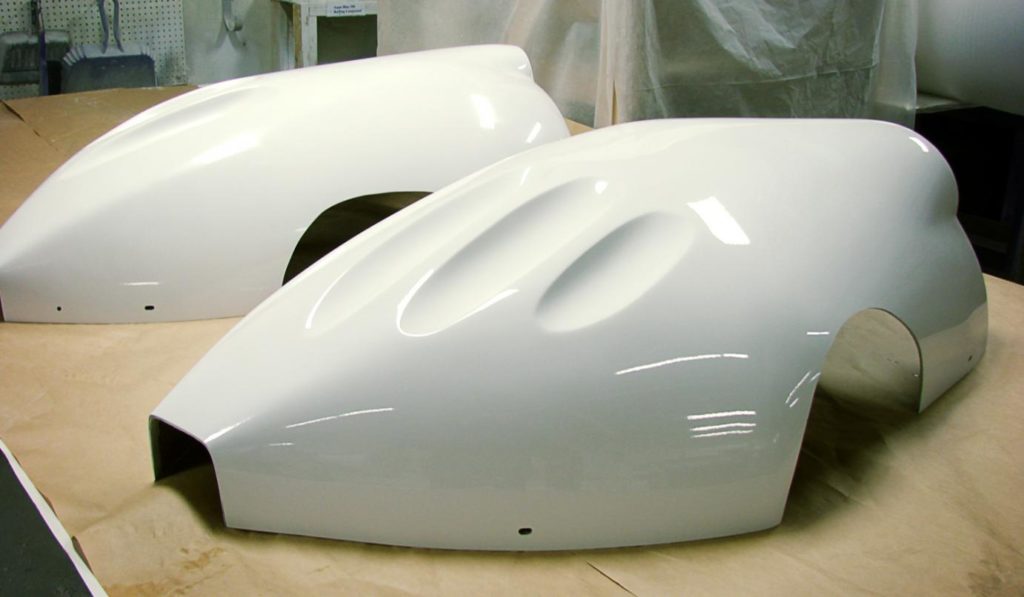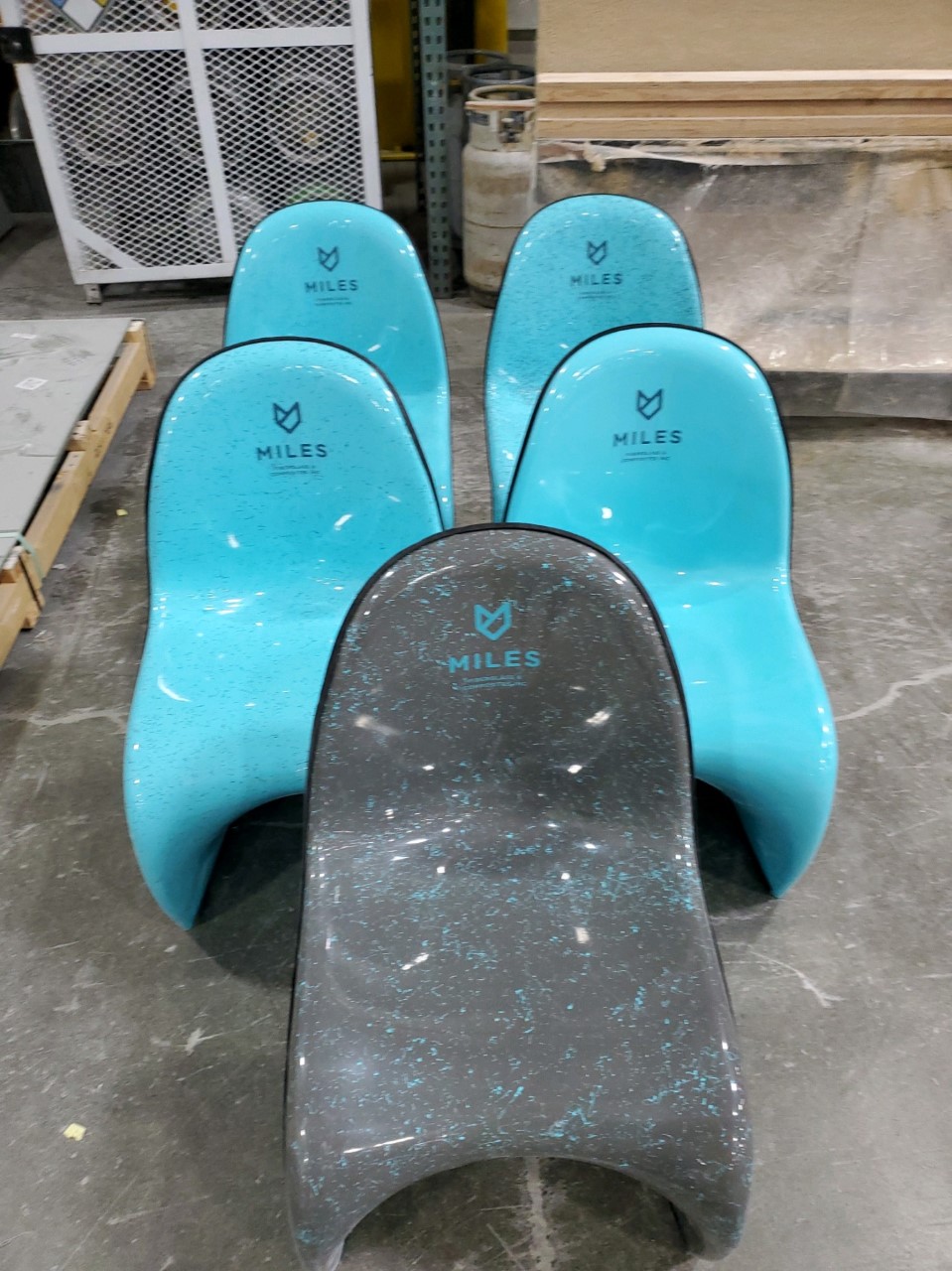
A composite is the combination of at least two materials with different physical or chemical properties combined to obtain properties that cannot be achieved by any of the components alone.
Typically, composites are made up of two components, the reinforcing phase and the matrix phase. The reinforcing phase is in the form of fibers, sheets, or particles and is embedded into the other materials, the matrix phase. The reinforcing material is usually strong with low density, while the matrix material is usually ductile or tough. Combined you get the strength of the reinforcing material and the toughness of the matrix material.

Consumer products such as boats, automobiles, and recreation products have been manufactured with composites since the early 1950s. Typically, consumer composites are products that require a cosmetic finish, such as boats, recreational vehicles, and sporting goods. The cosmetic finish in many cases is an in-mold coating known as a gel coat. Consumer products make up a large portion of the overall composites industry. Other examples of consumer composites are:
Composite products are also used in industrial applications, where corrosion resistance and performance in adverse environments is critical. Premium resins such as isophthalic and vinyl ester formulations are required to meet corrosion resistance specifications.
Cosmetic finishes are typically secondary to the performance of the product in industrial composites. Examples of industrial composite products are:
Get notified about what’s new